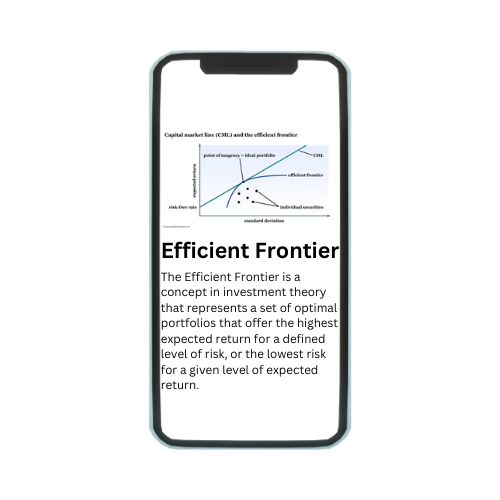A balloon payment is a large final payment due at the end of a loan or mortgage term, significantly larger than the preceding periodic payments. This type of payment structure is commonly found in certain types of loans, such as balloon mortgages or auto loans, where borrowers initially pay lower monthly installments that may only cover interest or a portion of the principal. The balloon payment can pose a risk for borrowers, as they must either pay off the remaining balance in one lump sum or refinance the loan at the end of the term. Understanding balloon payments is crucial for effective financial planning and managing debt obligations.
How Does a Balloon Payment Work?
Balloon payments are commonly found in loans with a specific structure. Borrowers initially make lower monthly payments, often for a set period. These payments are usually more manageable, making it attractive for borrowers. However, there’s a catch. At the end of this initial period, the borrower must make the balloon payment, which is considerably larger than the previous installments.
This payment structure is particularly common in mortgages, where borrowers may enjoy lower monthly payments for several years before facing the balloon payment.
Advantages of Balloon Payments
- Flexibility
One of the primary advantages of balloon payments is that they give borrowers flexibility in the early stages of a loan. This can be especially useful for those who expect an increase in their income down the road.
2. Lower Initial Payments
Balloon payments allow borrowers to start with lower monthly payments, making homeownership or purchasing a high-value asset more accessible.
Disadvantages of Balloon Payments
- Financial Risk
The most significant disadvantage of balloon payments is the financial risk they pose. If borrowers cannot pay the balloon amount when it becomes due, they may face serious consequences, including the potential loss of their home or asset.
2. Uncertainty
Balloon payments can introduce uncertainty into a borrower’s financial planning. Predicting future financial stability can be challenging, and if things go differently than planned, the balloon payment can become a burden.
Balloon Payments in Real Estate
In real estate, balloon payments are often associated with interest-only mortgages. These mortgages allow borrowers to pay only the interest for an initial period, typically five to seven years, before the balloon payment. This can be appealing for investors looking to minimize initial costs.
Balloon Payments in Car Financing
Car financing is another arena where balloon payments are encountered. Some auto loans offer lower monthly payments for a fixed term, followed by a balloon payment. This structure can be suitable for individuals who want to drive a new vehicle but want to avoid high monthly payments.
Examples of Balloon Payments
Let’s illustrate with two examples:
Real Estate Example
Imagine you take out a 30-year mortgage of $250,000 with a 5-year balloon payment clause. During the first five years, you’ll make manageable monthly payments based on the interest rate. However, you must pay the remaining $200,000 in one lump sum when the fifth year concludes.
Car Financing Example
Suppose you finance a car with a 3-year loan term and a balloon payment. Your monthly payments for the first three years are $300, but at the end of the term, you must pay $8,000 as the balloon payment.
Are Balloon Payments Right for You?
Determining if a balloon payment suits you depends on your financial situation, risk tolerance, and plans. It’s essential to consider your ability to make the balloon payment when the time comes.
- Balloon Payment vs. Amortization
Balloon payments differ from amortized loans, where the borrower pays off principal and interest gradually over the loan term. Amortization provides more predictability, while balloon payments offer flexibility at the cost of uncertainty.
2. Avoiding Pitfalls: Tips for Dealing with Balloon Payments
To avoid the potential pitfalls of balloon payments, consider these tips:
- Plan Ahead: Start saving for the balloon payment early to ensure you have the funds when needed.
- Refinance: Explore refinancing options to convert your balloon payment into a traditional loan.
- Consult a Financial Advisor: Seek advice from a financial advisor to assess your financial readiness.
3. Refinancing and Balloon Payments
Refinancing is a common strategy to deal with balloon payments. By refinancing, borrowers can extend the loan term or convert the balloon payment into a more manageable structure.
4. Regulations and Balloon Payments
It’s essential to be aware of regulations regarding balloon payments in your region. Laws may dictate how lenders structure loans with balloon payments and protect borrowers from predatory lending practices.
The Future of Balloon Payments
The use of balloon payments in lending continues to evolve. As financial institutions seek to balance risk and reward, the future of balloon payments may see further changes in regulations and loan structures.
Conclusion
Balloon payments, while offering flexibility, come with inherent risks and uncertainties. Understanding the concept and carefully evaluating your financial situation is paramount when dealing with loans that include balloon payments.







